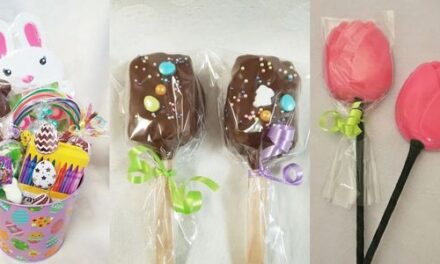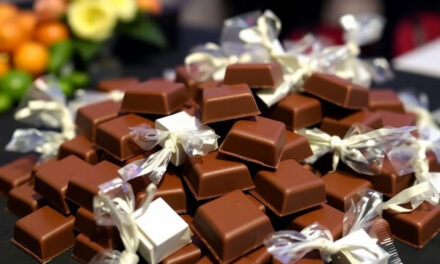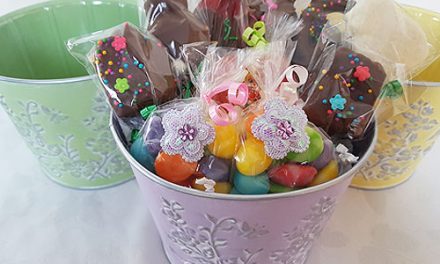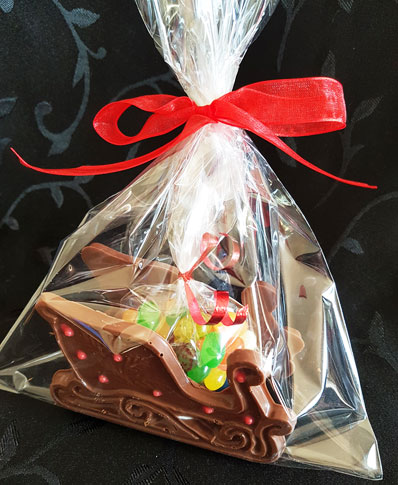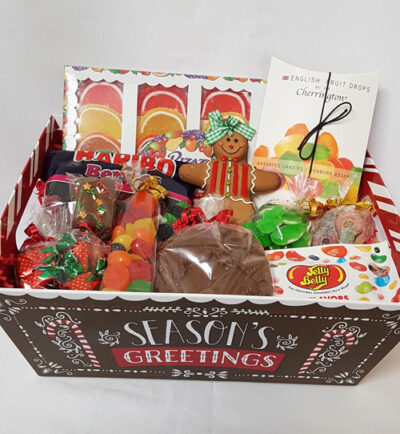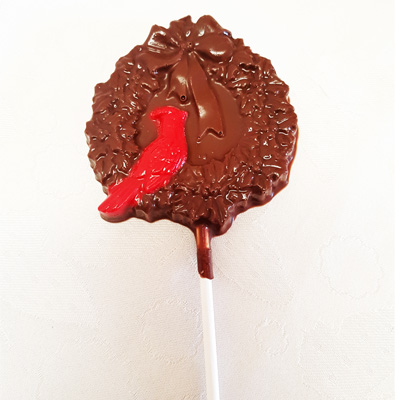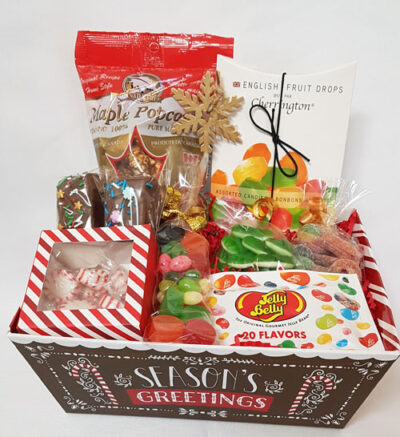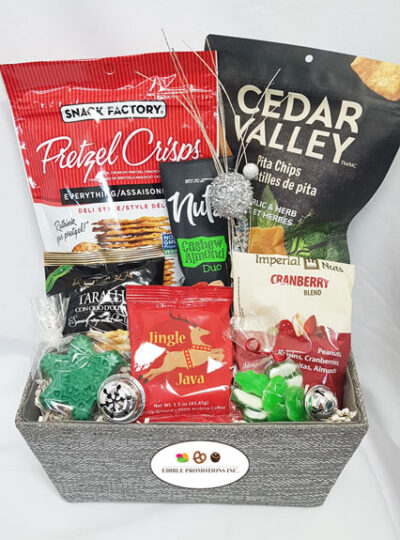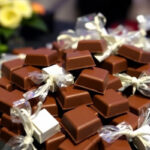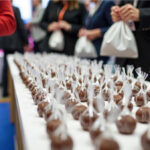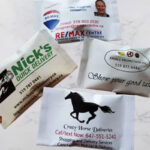No matter where you live, chances are you have been to a local carnival. When the carnival comes to town, people gather and anticipate the fun rides, the games , the live music , and all the food experiences. Being able to eat while walking the fairgrounds has inspired such well known treats like cotton candy, corn dogs, ice cream cones and more. Carnival food is mobile eating and an experience of flavour. The town carnival was a big social event when I was growing up. The sounds and the lights and the smells of the food bring me back to my childhood. It was where I first tasted cotton candy and candy apples.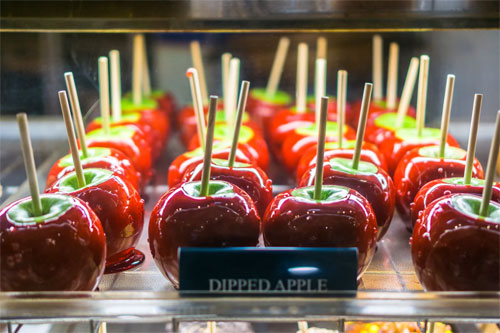
The annual World’s Fair has travelled the world and been a showcase for new technologies, new cultures and new foods. At the Paris world Fair of 1889 the fair goers ate 400,000 dozen oysters and 100,000 pounds of cheese. At the 1901 Pan-American Exposition in Buffalo , New York popcorn became popular. The vendors yelled “Lovely eyes come shine and glitter, buy your girl a popcorn fritter.” At the 1094 St. Louis World Fair, a fruit seller named J.T. Stinson marketed his produce with “An apple a day keeps the doctor away.”
The travelling food trucks of today are more popular than ever. Their offerings of cold and hot foods and drinks are growing in variety and international tastes. Food truck events are popping up in our neighbourhood, and they are drawing huge crowds of hungry fans. Great entertainment and a special eating out event with friends are bringing in a variety of food truck vendors.
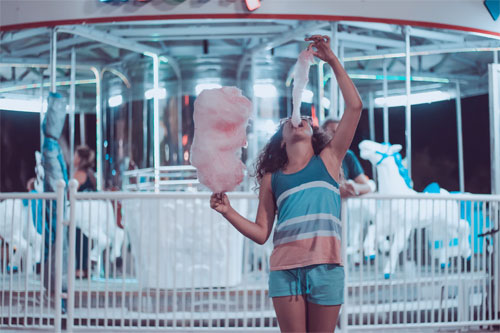 Cotton Candy which gets it’s name from it’s similarity to fluffy cotton balls. It is now a staple food in the carnival. Also called Fairy Floss in Australia, Suikerspin in the Netherlands, and Barbe a Papa in France, it was invented by a dentist named Dr. William Morrison in 1897. The St. Louis World Fair of 1904 first introduced candy floss for 25 cents and it became so popular they sold 68,655 boxes. Today it comes in many flavours such as bubble gum, vanilla, maple, and watermelon and also in many colours to match the flavours.
Cotton Candy which gets it’s name from it’s similarity to fluffy cotton balls. It is now a staple food in the carnival. Also called Fairy Floss in Australia, Suikerspin in the Netherlands, and Barbe a Papa in France, it was invented by a dentist named Dr. William Morrison in 1897. The St. Louis World Fair of 1904 first introduced candy floss for 25 cents and it became so popular they sold 68,655 boxes. Today it comes in many flavours such as bubble gum, vanilla, maple, and watermelon and also in many colours to match the flavours.
Cotton Candy is simply made by heating sugar to a liquid and spinning it through holes in a centrifuge bowl. The liquid becomes fine candy threads. Some flavoured colour crystals are added to the sugar, and the threads are gathered on a paper cone or put into a bag. December 7th is known as Cotton Candy Day.
Candy Apples are another carnival favourite, especially in the Fall season. In 1908, William Kollo was promoting his hard cinnamon candy so he coated some apples on a stick for customers to sample. Everyone loved the combination and the rest is history. The caramel covered apple became popular by a candy salesman in the 1950’s . There are many varieties available now with added nuts and candies. Many Fall weddings have used candy apples and caramel apples as favours for their guests.
Corn Dogs are a hot fair treat perfect for walking around and eating. They first showed up in the 1920’s and are made by deep frying cornmeal batter on a hotdog stick. I love my corndogs with a generous helping of mustard.
Other warm treats are mini donuts and funnel cakes. It’s so fun to watch the donut machine drop the small battered rings into the oil at one end, see them flip midway, and then have the golden cooked donuts arrive for a dusting of icing sugar at the other end. Warm and sweet, it’s easy to eat a whole dozen. The recipe for funnel cakes is said to originate with the Pennsylvanian Dutch people.
Kettle corn has made popcorn a rock star. It is cooked in a big iron, copper or steel kettle and flavoured with sugar and salt. Kettle corn was a popular treat made on campfires by cowboys in the Old West and has been at fairs for two hundred years.

For an ice cold treat, the snow cone is a favourite. The snow cone machine was invented in 1920. Flavoured syrup is mixed with shaved ice and the icy snow can be layered to make a tasty rainbow. This is a welcome refresher at a hot summer carnival. My favourite is the cherry and blueberry combo snow cone.
The ice cream waffle sandwich was first appearing in Germany in the late 1800s but was made popular here by the Conklin Carnival employees at the Canadian National Exhibition. They have been a part of the C.N.E. for 75 years.
Whether you crave a sweet or salty treat, a hot or cold treat, or a full out pie eating contest experience, you will definitely have a great variety of foods to eat at any carnival.


